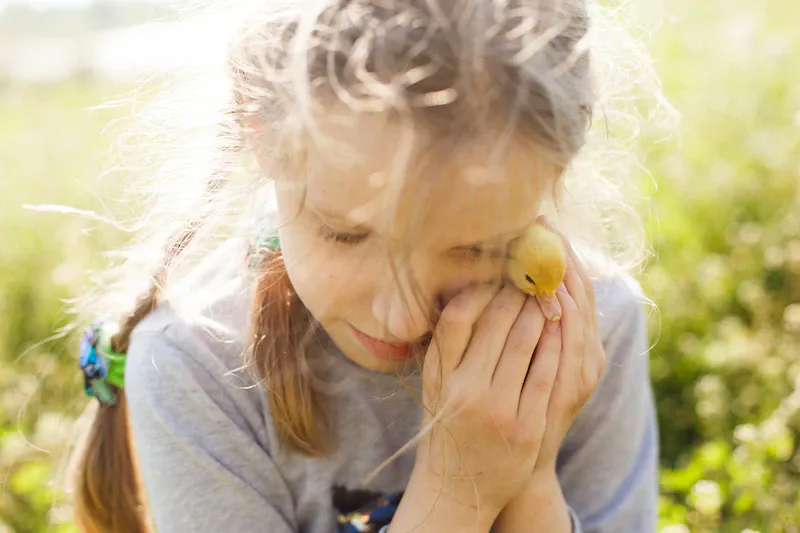Exploring Gender Identity in Kids: Understanding, Challenges, and Support

Kids’ Understanding of Gender Identity
From as young as two, children start to understand gender differences based on physical characteristics and anatomy. They tend to sort people into categories of boys and girls, and mommies and daddies. Kids may express gender preferences by choosing toys, colors, or clothes that are typically associated with their gender. However, this understanding is not always binary, and some kids may identify outside of traditional gender roles. It’s important for parents and caregivers to be supportive and accepting of children’s gender identity and to create a safe and inclusive environment for them to express themselves.
Kids aged three and four begin to understand where they fit in gender categories
As children reach the ages of three and four, they begin to develop a more sophisticated understanding of gender identity. They may start to recognize physical differences beyond just basic anatomy and may even exclaim things like “I’m a girl, and I have a vagina.” This is a natural part of their development as they try to make sense of the world around them and understand their own place in it. As caregivers and parents, it’s important to support children in their exploration of gender identity and to provide them with a safe and inclusive environment where they can feel comfortable expressing themselves.
Transgender Kids: Claiming Their Identities
According to the video script, some transgender kids may identify themselves as young as three or four years old. They are aware of the categories of gender and how they should feel based on their anatomy, but their gender identity may not match the expectations of the people around them. It is crucial for parents and caregivers to support these kids and affirm their gender identity, as this can have a significant impact on their mental health and well-being. It is important to create a safe and accepting environment for these kids, where they can express themselves freely without fear of judgment or rejection.
Understanding Gender Roles at Age 4-5
At the age of four to five, kids start to learn about gender roles and what it means to be a boy or a girl. They begin to understand the gender-specific behaviors and characteristics that are associated with each gender. For example, they learn that boys should play with cars and trucks, while girls should play with dolls and kitchen sets. They also begin to learn about the different clothing, colors, and even hairstyles that are associated with each gender.
It’s important to note that children’s understanding of gender roles can be influenced by their environment, including their families, peers, and media exposure. As parents and caregivers, it’s important to expose children to diverse gender expressions and encourage them to explore and express their own gender identities in a way that feels comfortable and authentic to them.
By age six or seven, most kids conform to traditional gender roles
As children grow older, they tend to conform more to traditional gender roles. Girls may become more feminine, while boys may become more masculine. They may start to pay more attention to their hairstyles, clothing, and the toys they play with, trying to fit into societal expectations of their gender identities. This can also affect their choice of friends and social groups.
It is important to note that not all children conform to traditional gender roles and that it is okay for them to express themselves in ways that may be different from societal norms. As parents and caregivers, we can support children in exploring and expressing their gender identities in a way that feels authentic and true to themselves.
Transgender and Gender Diverse Kids Face Challenges
Unfortunately, transgender and gender diverse kids who do not conform to societal gender expectations face significant challenges. Many are punished for expressing themselves in ways that do not align with traditional gender roles. They may experience harassment at school, and up to 60% are rejected by their parents. These experiences can have devastating consequences on their mental health and self-esteem.
It is essential for parents, caregivers, and educators to create safe and accepting environments for all children, regardless of their gender identity or expression. By supporting and validating their gender identities, we can help transgender and gender diverse kids thrive and reach their full potential.
Kids are discovering their gender identities, and we need to listen and support them
As society becomes more accepting of diverse gender identities, kids are also finding new ways to express and explore their gender. As parents, caregivers, and teachers, it’s our responsibility to listen and support them without imposing our own expectations or assumptions. We need to provide a safe and accepting environment where kids can express themselves and discover who they are. This means using gender-neutral language, being open to different expressions of gender, and advocating for the rights and well-being of all children, including those who are transgender or gender diverse. By doing so, we can help create a world where all kids can thrive and be their authentic selves.
Supporting Kids’ Gender Identities
The video script emphasizes the importance of supporting kids as they discover and express their gender identities. As parents, caregivers, and teachers, we can listen to them, validate their experiences, and increase their voices. By doing so, we can help them develop a positive self-image and build toughness in the face of discrimination and stigma. Additionally, we can help expand the world of gender for everyone, creating a more inclusive and diverse society.
Conclusion
Understanding gender identity is essential for parents, caregivers, and teachers to create a safe and supportive environment for children. Kids start to comprehend gender differences from as young as two years old and develop more sophisticated understandings of physical characteristics and anatomy as they grow older. Transgender kids may claim their identities as young as three or four, but they face challenges when their identities do not align with societal expectations.
As children grow up, they start to learn about gender roles, what it means to be a boy or a girl, and how they should act based on their gender identities. Unfortunately, transgender and gender diverse kids who violate gender expectations may face harassment and rejection, leading to self-esteem and mental health issues. As parents, caregivers, and teachers, we must listen to kids and support them without steering them.
It is crucial to increase kids’ voices and remind them that they are beautiful, strong, and resilient. By doing so, we can help them expand the world of gender, not just for themselves, but for everyone. Let’s create a safe and supportive environment for all kids to express their gender identities freely and confidently.




